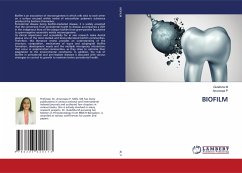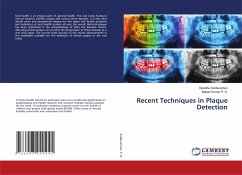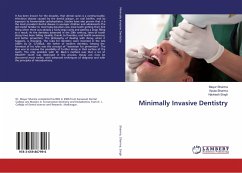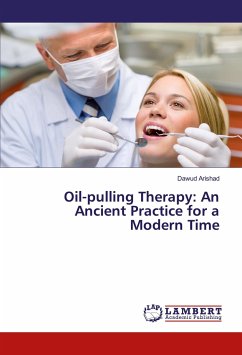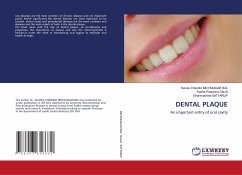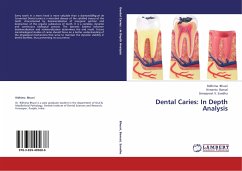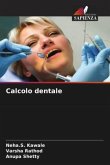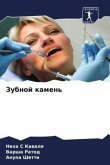Biofilm is an association of microorganisms in which cells stick to each other on a surface encased within matrix of extracellular polymeric substance produced by bacteria themselves. Periodontal disease being biofilm-mediated disease, it is widely accepted that the conversion from periodontal health to disease accompanies a shift in the indigenous ora of the plaque biofilm from gram-positive facultative to gram-negative anaerobic motile microorganisms.Its clinical importance and accessibility for in vivo research make dental plaque one of the most studied and best-understood biofilm communities. Therefore, this literature review provides an understanding of the structure, composition, mechanisms of supra and subgingival biofilm formation, development needs and the multiple interspecies interactions that occur in polymicrobial communities, as they strive to optimize their adaptation to the environmental constraints. In addition, the role of biofilm in periodontal and peri-implant diseases is discussed with various strategies to control its growth to maintain better periodontal health.
Bitte wählen Sie Ihr Anliegen aus.
Rechnungen
Retourenschein anfordern
Bestellstatus
Storno

